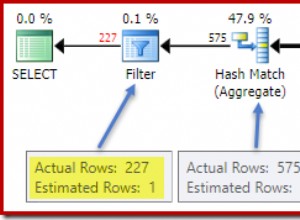Vamos ver se consigo apontar você na direção certa usando cursores:
delimiter $$
create procedure findClosestTimeStamp()
begin
-- Variables to hold values from the communications table
declare cFromId int;
declare cTimeStamp datetime;
-- Variables related to cursor:
-- 1. 'done' will be used to check if all the rows in the cursor
-- have been read
-- 2. 'curComm' will be the cursor: it will fetch each row
-- 3. The 'continue' handler will update the 'done' variable
declare done int default false;
declare curComm cursor for
select fromId, timestamp from communication; -- This is the query used by the cursor.
declare continue handler for not found -- This handler will be executed if no row is found in the cursor (for example, if all rows have been read).
set done = true;
-- Open the cursor: This will put the cursor on the first row of its
-- rowset.
open curComm;
-- Begin the loop (that 'loop_comm' is a label for the loop)
loop_comm: loop
-- When you fetch a row from the cursor, the data from the current
-- row is read into the variables, and the cursor advances to the
-- next row. If there's no next row, the 'continue handler for not found'
-- will set the 'done' variable to 'TRUE'
fetch curComm into cFromId, cTimeStamp;
-- Exit the loop if you're done
if done then
leave loop_comm;
end if;
-- Execute your desired query.
-- As an example, I'm putting a SELECT statement, but it may be
-- anything.
select *
from movement as m
where m.vID = cFromId and m.timeStamp <= cTimeStamp
order by timestampdiff(SECOND, cTimeStamp, m.timeStamp)
limit 1;
end loop;
-- Don't forget to close the cursor when you finish
close curComm;
end $$
delimiter ;
Referências:




